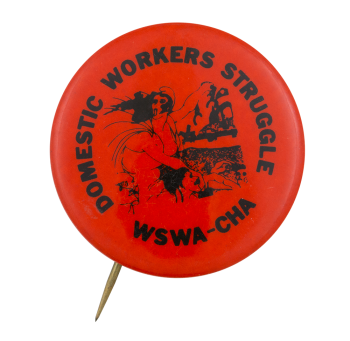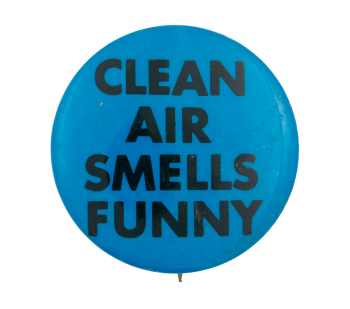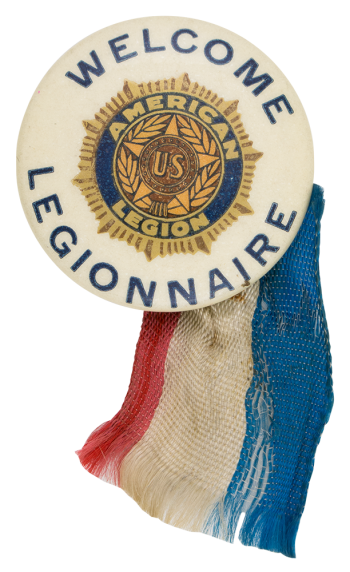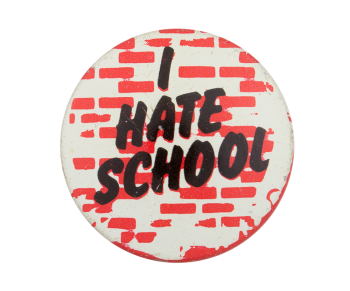End Poverty Give Me $10
| Category | |
|---|---|
| Additional Images | |
| Text on Button | END POVERTY GIVE ME $10 |
| Image Description | Black text on a light green background |
| Curl Text | LITTLE BIG STORE 1738 POLK ST SE |
| Back Style | |
| The Shape | |
| The Size | |
| Additional Information | In 1964, President Lyndon B. Johnson launched his “war on poverty” with the passage of the Economic Opportunity Act. During his term, Johnson focused his efforts on assisting the 19 percent of Americans who lived below the poverty line through legislative action. In addition to the Economic Opportunity Act, which created eleven major initiatives like the Job Corps and Volunteers in Service to America (VISTA), Johnson also formed the Head Start, Medicare, Medicaid, and Food Stamp programs. These efforts were immediately effective and led to an 8 percent reduction in poverty rates by 1973—the lowest it has ever been since these measurements were recorded. Some of these initiatives, however, were undone by President Bill Clinton when he, along with the Republican-dominated Congress, passed the Personal Responsibility and Work Opportunity Act in 1996. According to Christianity Today, “young radicals” of the 1960s wore buttons with tongue-in-cheek slogans to “express their attitudes toward life.” Many of these buttons showed support for the Johnson administration or promoted peace. Others were simply humorous and touched on the main issues of their day. Some of these buttons read “I Want to Be What I Was When I Wanted To Be What I Now Am,” “Neuroses Are Red, Melancholy Is Blue, I’m Schizophrenic, What Are You?” and “End Poverty, Give Me $10.” |
| Sources |
Eutycus and his kin. (1967, July 21). Christianity Today. https://www.christianitytoday.com/ct/1967/july-21/eutychus-and-his-kin… Lowrey, A. (2014, January 5). 50 years later, war on poverty is a mixed bag. New York Times. https://www.nytimes.com/2014/01/05/business/50-years-later-war-on-pover… Matthews, D. (2014, January 8). Everything you need to know about the war on poverty. Washington Post. https://www.washingtonpost.com/news/wonk/wp/2014/01/08/everything-you-n… |
| Catalog ID | CA0523 |




















